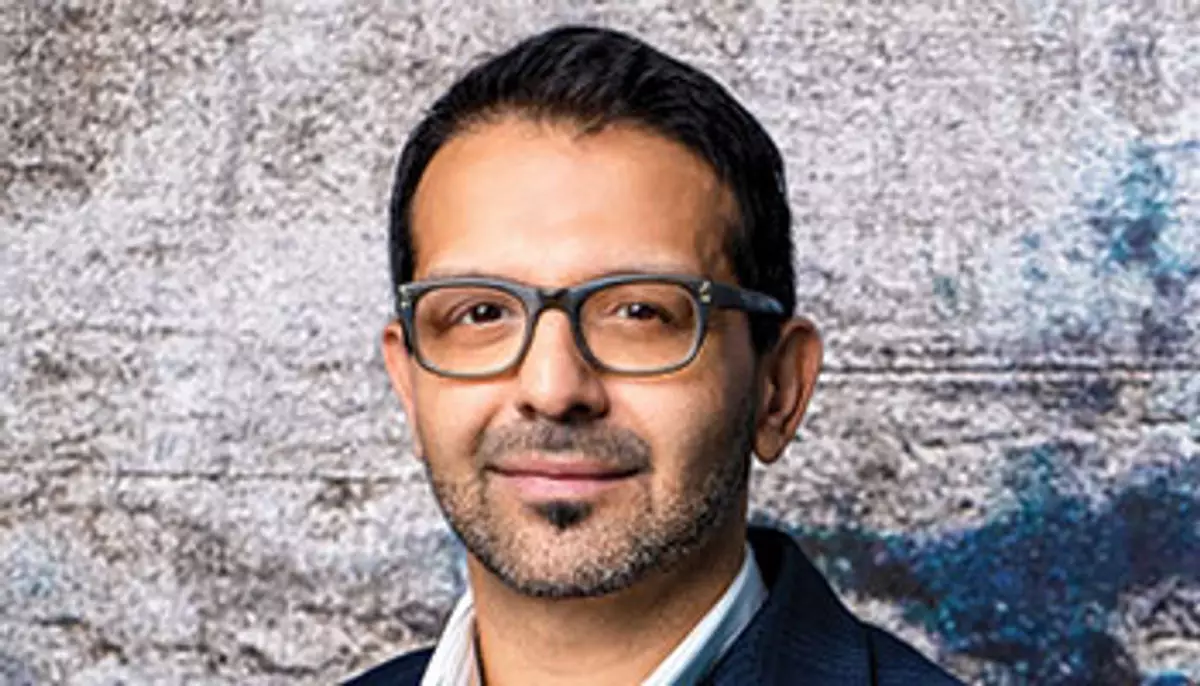LXR Hotels & Resorts, part of Hilton’s luxury collection, has experienced a significant upward trajectory since its inception in 2018. In just a short span, it has expanded its portfolio to 13 properties across the globe, with plans for around a dozen additional sites. Key recent additions to this luxury brand include the Ka La’i Waikiki Beach in Hawaii, along with the Beach Village at The Del and the Shore House at The Del in Coronado, California. In an insightful interview, Feisal Jaffer, the Global Head of LXR Hotels & Resorts, elaborated on the brand’s trajectory, the core components that define its unique experience, and future ambitions.
When asked about the anticipated growth of LXR, Jaffer expressed optimism about the brand’s expansion. He estimates that if the current growth trajectory continues, they could have 60 to 70 hotels by the time we reach the end of this decade. This projection is indicative of a broader trend within luxury hospitality, where distinctive experiences and brand recognition are increasingly driving guest preferences. The number of owners seeking to collaborate with LXR underscores a growing interest in bespoke luxury that prioritizes individuality over cookie-cutter offerings.
At the heart of LXR’s ethos lies a commitment to three guiding principles: intriguing design, bespoke personal service, and enriching experiences. Each property under the LXR banner is crafted to reflect an independent aesthetic that resonates with its locale. Importantly, the bespoke service ethos revolves around personal touches and attention to detail that cater to individual guest preferences. This personalized service model goes hand in hand with unique, immersive experiences that allow guests to explore the local culture in ways that are exclusive to LXR properties.
Jaffer emphasized that these experiences often embody the spirit of adventure, allowing guests to engage with destinations authentically. This multifaceted approach to luxury travel signifies a shift from a one-size-fits-all mentality to a more tailored and intentional guest experience that aligns with modern travelers’ desires for deeper connections with their surroundings.
The brand’s trajectory also heavily considers the Asia-Pacific region, which is emerging as a significant focus for future expansion. Currently, LXR has two properties in Japan: Roku Kyoto and an upcoming boutique establishment in Miyajimaguchi, poised to capitalize on its picturesque shrine view. Furthermore, plans for LXR’s first property in India are nearing completion, underscoring the brand’s ambition to solidify its presence in Asia.
This alignment with Asia’s vibrant luxury travel market reflects a broader trend of increasing demand for high-end accommodations that reflect the uniqueness of their locales. Jaffer pointed out the untapped potential in markets like Japan and India, where affluent travelers seek exclusive experiences that LXR aims to deliver.
In response to evolving consumer behavior, Jaffer highlighted several key trends shaping the luxury travel landscape. He noted a counterbalance to the pre-pandemic pricing model characterized by exorbitant markups, suggesting a more sustainable approach to luxury pricing is emerging. Travelers are now more discerning, expecting value through quality rather than inflated costs.
Moreover, culinary experiences and wellness-oriented services have become essential pillars in luxury hospitality. Culinary tourism has surged, with guests eager to explore local flavors as part of the travel experience. Simultaneously, a heightened focus on wellness and balance is critical—travelers are inclined toward options that allow them to relax and rejuvenate as well as indulge and celebrate. This duality in guest expectations emphasizes the need for luxury resorts to accommodate a wide array of experiences.
A case in point illustrating LXR’s commitment to reimagining luxury is the Ka La’i Waikiki Beach, formerly known as the Trump International Hotel Waikiki. Jaffer spoke about the comprehensive renovation set to begin in May, intended to elevate the property back to its previous stature as a Forbes Five-Star hotel. Beyond aesthetic updates to the restaurants and rooms, LXR aims to acknowledge the changing demographics and desires of travelers, particularly in terms of the shifting trends around inbound tourism from Japan—a market that has seen significant changes post-pandemic.
The decision to innovate at Ka La’i speaks to a larger understanding of market dynamics, as younger generations may find themselves exploring diverse destinations outside Hawaii. Thus, LXR’s focus on cultivating a robust domestic customer base may be instrumental in counterbalancing fluctuations in international travel.
LXR Hotels & Resorts stands at the intersection of growth and transformation, poised to redefine luxury hospitality. With a clear vision centered on unique experiences and a commitment to personalization, LXR is significantly positioned to navigate the ever-evolving landscape of high-end travel. This approach ensures that the brand not only meets but exceeds the expectations of its discerning clientele, forging a path toward a remarkable and sustainable future in luxury hospitality.


Leave a Reply